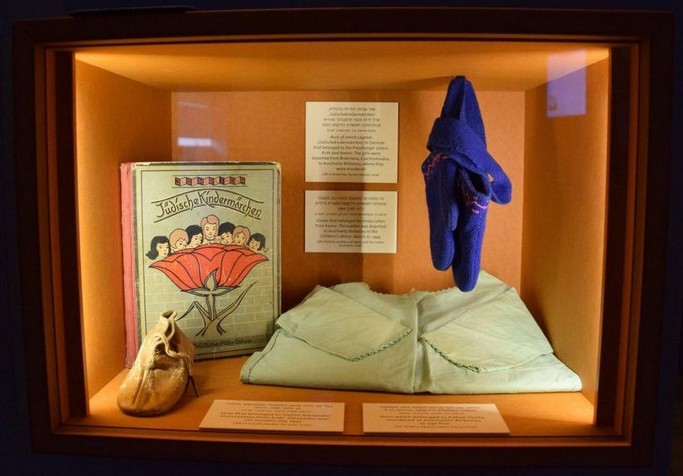The Holocaust
Childhood Interrupted: “Stars Without a Sky” — Children of the Holocaust at Yad Vashem
Explore original artifacts, drawings and testimonies documenting the lives of Jewish children during the Holocaust and the legacy of survival
- Hidabroot
- |Updated

Martin Weyl was four years old when his family was sent to the Theresienstadt ghetto. While he was there, he drew a picture of the jeep that brought a Red Cross delegation to the camp — a delegation the Nazis managed to deceive into believing Jews were being treated humanely.
Weyl survived the Holocaust, and so did the naïve little drawing he made as a child in a world gone mad. These days his picture is on display in a Yad Vashem exhibition: “Stars Without a Sky – Children in the Holocaust.”
The scale of the tragedy and what remains
One and a half million Jewish children were murdered in the Holocaust. The few thousand who survived the death camps and other atrocities rarely managed to keep any of their childhood possessions. In a minority of the stories presented in the exhibition there are period artifacts like Martin’s drawing; in many other cases, all that remains are memories.
Exhibition design: 33 panels that form a “forest” of childhood
The childhood stories are presented across 33 panels that together symbolize a forest; each panel focuses on themes such as play, learning and rites of passage. The display includes original artifacts alongside works of art, testimony excerpts and video clips.

Dolls, diaries and personal objects: intimate traces of lost childhoods
A glass case holds a collection of dolls, each with its own story. One doll, called Lieselotte — a doll with a cracked head and blue hair ribbons — belonged to Johanna Rosenberg. Johanna took the doll with her when she left Germany at age five on the Kindertransport, the rescue trains that brought Jewish children to England before the war. Her parents were sent to the death camps and perished, but Johanna survived with her doll.
Some of the dolls belonged to children who did not survive. For example, the doll in the blue dress once belonged to five-year-old Inga Liba from Dresden, Germany; she and her mother were sent to Auschwitz-Birkenau and were murdered there.
Childhood interrupted — yet still children
“In the Holocaust childhoods were cut short and in many cases they had to support the family and encourage their parents in the desperate struggle to survive,” says exhibition curator Yehudit Inbar. “Yet they remained children. Whenever possible they played, laughed and created, and they expressed their fears and hopes. The drawings, diaries, songs, music, letters and toys in the exhibition offer a moving and revealing view of childhood in the shadow of the Holocaust.”

